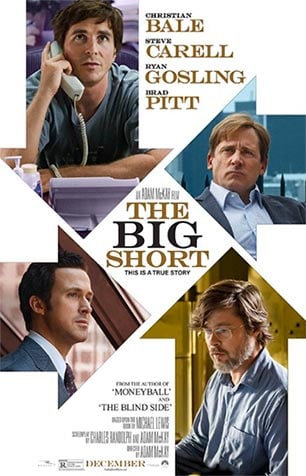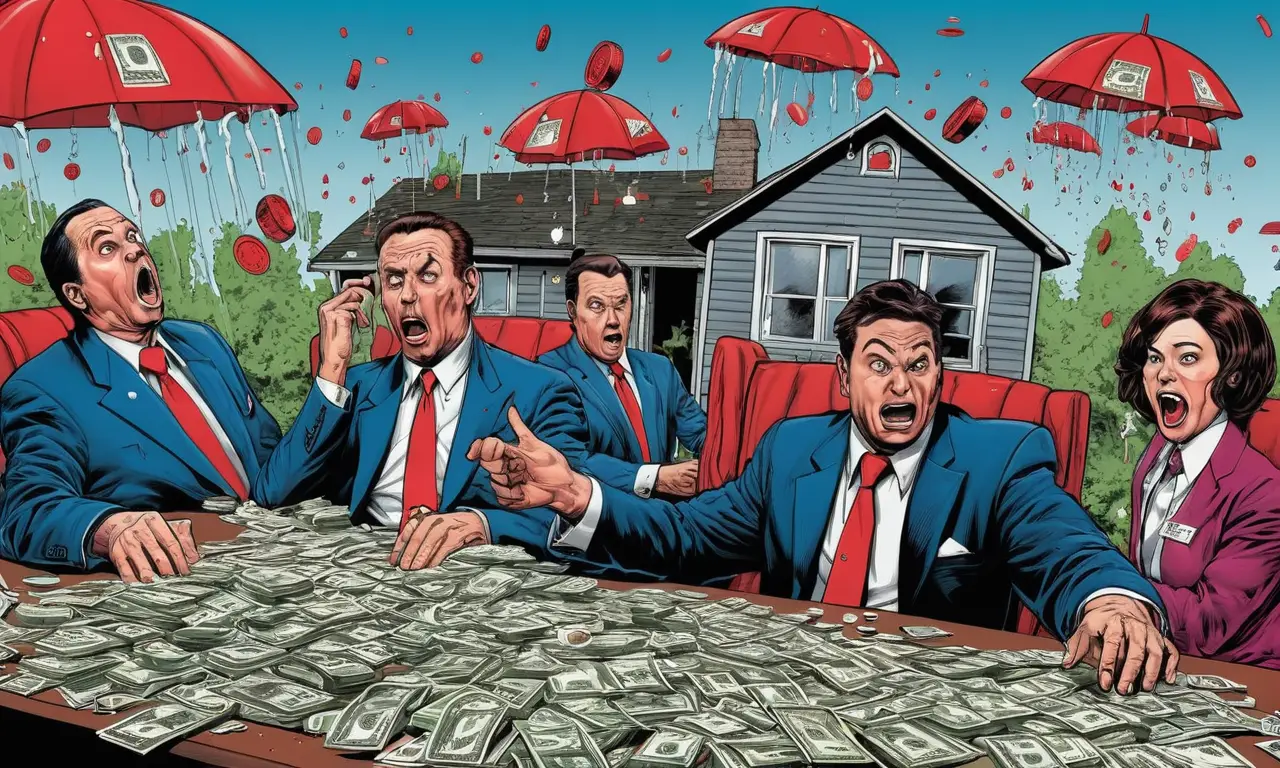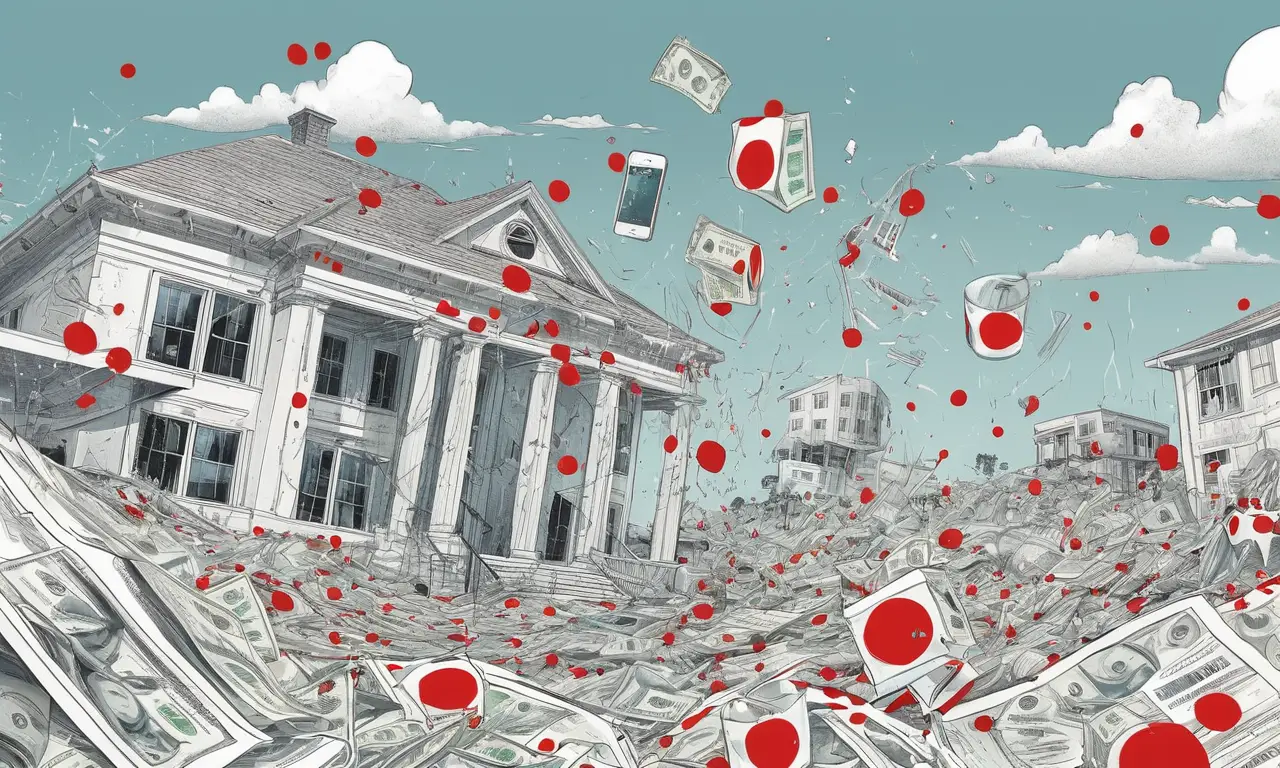
“The Big Short” is a captivating film that demystifies the 2008 financial crisis, explaining complex mortgage-backed securities and subprime lending in an accessible way. Through witty humor and engaging storytelling, the movie follows a group of eccentric investors who predict the housing bubble’s collapse and bet against the market, ultimately profiting from the ensuing chaos. Understanding “The Big Short” provides valuable insights into the systemic risks within the financial system and the human element behind economic crises.
This article will delve into the key concepts presented in “The Big Short,” providing a comprehensive explanation of the 2008 financial crisis, its underlying causes, and the strategies employed by those who predicted its downfall. We’ll explore the intricacies of mortgage-backed securities, subprime lending practices, and the investment strategies that allowed certain individuals to profit from the crisis.
The Big Short Movie Explained
“The Big Short” tells the story of a group of unconventional investors who recognized the impending collapse of the housing market in the early 2000s. Led by characters like Michael Burry, Steve Eisman, and Mark Baum, these individuals saw through the deceptive practices of Wall Street and the government’s lax oversight of the financial system. They understood that the rampant subprime lending and complex mortgage-backed securities were unsustainable and would eventually lead to a catastrophic market crash.
The film uses humor, dramatic reenactments, and celebrity cameos to explain complex financial concepts in an engaging way. It highlights the greed, recklessness, and lack of accountability that fueled the crisis, while also showcasing the courage and intelligence of those who dared to challenge the status quo. “The Big Short” is not just a story about finance; it’s a cautionary tale about the dangers of unchecked capitalism and the importance of transparency and regulation in the financial system.
2008 Financial Crisis Overview

The 2008 financial crisis was a global economic meltdown triggered by the collapse of the U.S. housing market. It began with a surge in subprime mortgages, loans given to borrowers with poor credit histories and low credit scores. These risky loans were bundled together into complex financial instruments called mortgage-backed securities and sold to investors worldwide.
As housing prices soared, many homeowners took out adjustable-rate mortgages (ARMs) that initially offered low interest rates but eventually reset to higher rates. When the housing bubble burst in 2007, millions of homeowners found themselves unable to afford their mortgage payments, leading to a wave of foreclosures. This triggered a chain reaction throughout the financial system as banks and other institutions holding mortgage-backed securities suffered massive losses.
Mortgage-Backed Securities
Mortgage-backed securities (MBS) are complex financial instruments that pool together thousands of individual mortgages. These MBS are then sold to investors, who receive payments from the underlying mortgages. The value of MBS is tied to the performance of the underlying mortgages. When homeowners make their mortgage payments on time, the value of MBS increases. However, when borrowers default on their loans, the value of MBS plummets.
During the housing boom, Wall Street banks aggressively packaged subprime mortgages into MBS and sold them to investors worldwide. These MBS were often rated highly by credit rating agencies, despite the inherent risks associated with subprime lending. This created a false sense of security among investors who believed they were purchasing safe and profitable assets.
Subprime Lending

Subprime lending refers to the practice of extending loans to borrowers with poor credit histories and low credit scores. These borrowers are considered higher risk because they are more likely to default on their loans. During the housing boom, subprime lending practices became increasingly widespread as banks sought to capitalize on the rising demand for mortgages.
Lenders offered attractive interest rates and terms to entice borrowers, often overlooking warning signs of financial instability. They also relaxed underwriting standards, making it easier for unqualified borrowers to obtain loans. This fueled a dangerous cycle of speculation and risk-taking that ultimately led to the collapse of the housing market.
Investing Strategies
The investors portrayed in “The Big Short” employed various strategies to bet against the housing market. Some, like Michael Burry, shorted mortgage-backed securities, hoping their value would decline. Others, like Steve Eisman, invested in credit default swaps (CDS), which are insurance contracts that pay out if a borrower defaults on a loan.
These investors understood the interconnectedness of the financial system and recognized that the collapse of the housing market would have ripple effects throughout the economy. They were willing to take risks and challenge conventional wisdom to profit from what they saw as an inevitable crisis.
Conclusion
“The Big Short” provides a compelling and insightful look at the 2008 financial crisis, exposing the systemic flaws that led to its occurrence. By understanding the complex concepts of mortgage-backed securities, subprime lending, and the investment strategies employed by those who predicted the crisis, we can gain valuable lessons about the dangers of unchecked financial speculation and the importance of responsible regulation. The film serves as a reminder that economic crises are not simply abstract events; they have real consequences for individuals, communities, and entire nations.
